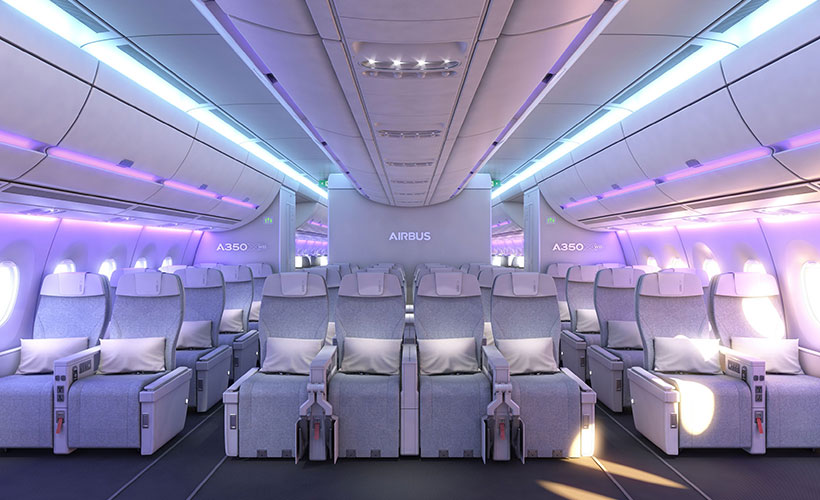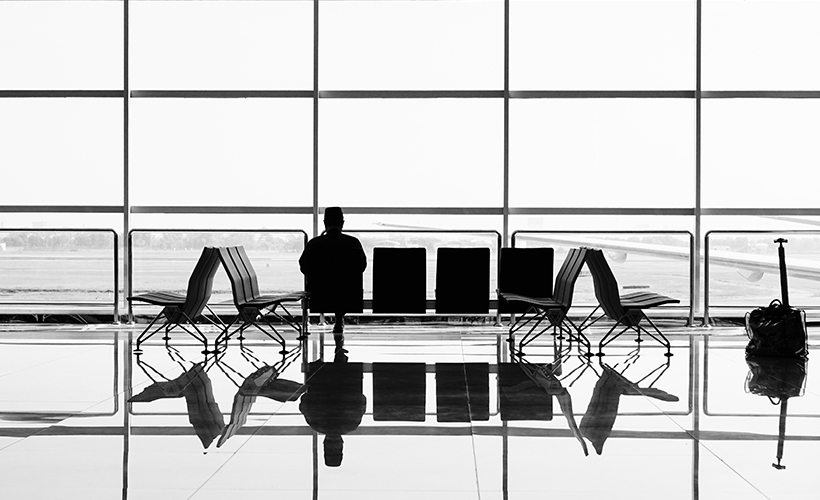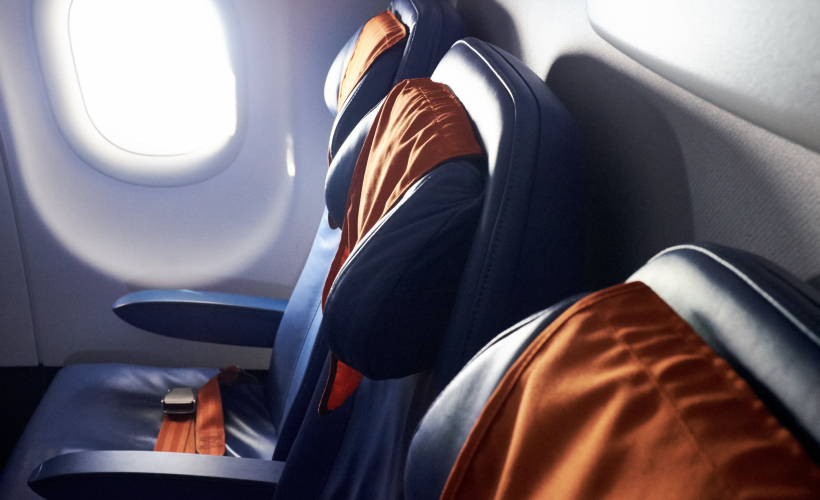
In the last three months, COVID-19 has caused the world to go into lockdown. This caused tourism to take possibly the biggest hit of all, especially airlines who have been forced to ground their fleets, and even make staff cuts.
However, things are starting to look up, and airlines are all getting ready to take flight again. As prepared as anyone may be to travel again, there are pressing questions laying heavy on everybody’s minds regarding the safety of air travel during this pandemic.
Is the quality of cabin air safe? Is distanced seating going to help lessen the chances of infection? Simply put, how do travellers trust air travel at a time like this?
Answering these questions and then some was aircraft manufacturer Airbus’ executive vice president of engineering, Jean-Brice Dumont. Interviewed by Airbus’ head of global news, Justin Dubon, on a Facebook live stream from Airbus’ mock-up centre in Toulouse, France, Dumont tells the audience how Airbus keeps their cabin air free from virus and bacteria.

Go with the flow
Firstly, to give you a clearer picture, air enters the cabin by the overhead bins, and travels downwards at the rate of around one metre per second. It then exits through floor-level vents. The air in the cabin does not flow from left to right, or from front to back. The constant circulation in this pattern – in addition to the powerful evacuation and renewal of air every two to three minutes – reduces the risk of somebody sick contaminating their neighbours. This airflow pattern runs along the entire length of the aircraft – from the first to the last row. Basically, each row has its private air conditioning circulation.
Dumont goes on to explain how the air in an airplane cabin is made out of two parts. One half is recirculated within the cabin. The other half of the air is expelled out of the aircraft, and fresh air from the outside is brought in and passed through a heater (because the temperature can be as low as -50ºC at high altitudes) before being released back into the cabin. Cabin air is completely renewed every two to three minutes. Air from the lavatories and galley is directly exhausted out of the plane.
Dumont then stresses that the air recirculates through filters that are High-Efficiency Particulate Arrestors (HEPA) grade. These medical-grade HEPA filters use different filtration methods that capture different particle sizes, even very small bacteria and virus particulates. The filters capture about 99.95 per cent of the particulates in the air, which means that the air that you breathe in the cabin is clean from bacteria and viruses – even particulates of the relatively large coronavirus.
 Itching to hop on a plane already? We sure are, and we can’t wait to travel again! When we do, these are the little things that are going to put a smile on our faces: 15 Travel Things We’re Most Looking Forward To When Lockdown Is Over
Itching to hop on a plane already? We sure are, and we can’t wait to travel again! When we do, these are the little things that are going to put a smile on our faces: 15 Travel Things We’re Most Looking Forward To When Lockdown Is OverKeeping your distance
One huge concern for air travellers is the number of people on a flight. It seems to be a popular question on the Facebook live stream. “People will wonder why we can say that you can sit in an aircraft like this which is full. Are we taking the risks?” Dumont proceeds with reason, saying “I think here it’s about the overall set of measures that we are taking. It starts with minimising the risks of people entering the aircraft being contaminated. These risks will never be zero; it doesn’t exist in life.”
He goes on to add that measures like ensuring people entering the aircraft have a low risk of contamination by doing temperature checks at the airport, having people fill in health declarations, using contact tracing apps, and the like is a great starting point.
[slider caption=” .||. ” imgsrc=”https://zafigo.com/wp-content/uploads/2020/06/filtered-air.jpg ||https://zafigo.com/wp-content/uploads/2020/06/particles.jpg “]
Onboard the aircraft, it’s about cleaning hands upon entry and wearing a mask during the whole flight, especially if you’re seated next to someone. It’s not so much like changing neighbours every two to three minutes (as the air renews), but there’s a permanent sliding belt below your seat that is moving the air around. “The fact that you’re seated for a couple of hours next to somebody doesn’t represent a higher risk than being in another area where you will be close to people for a given period of time – like shops where the air doesn’t move much,” he adds.
When host Justin Dubon asks Dumont why it’s important that we wear masks and what difference does it make, he replied simply, “You wear a mask because it’s your duty; it’s your duty to not take the risk to potentially contaminating others.”
For some peace of mind for your future travels in the impending ‘new normal’, Zafigo urges you to watch the rest of this informative Facebook live stream Q&A session with Jean-Brice Dumont below.
*All media courtesy of Airbus



